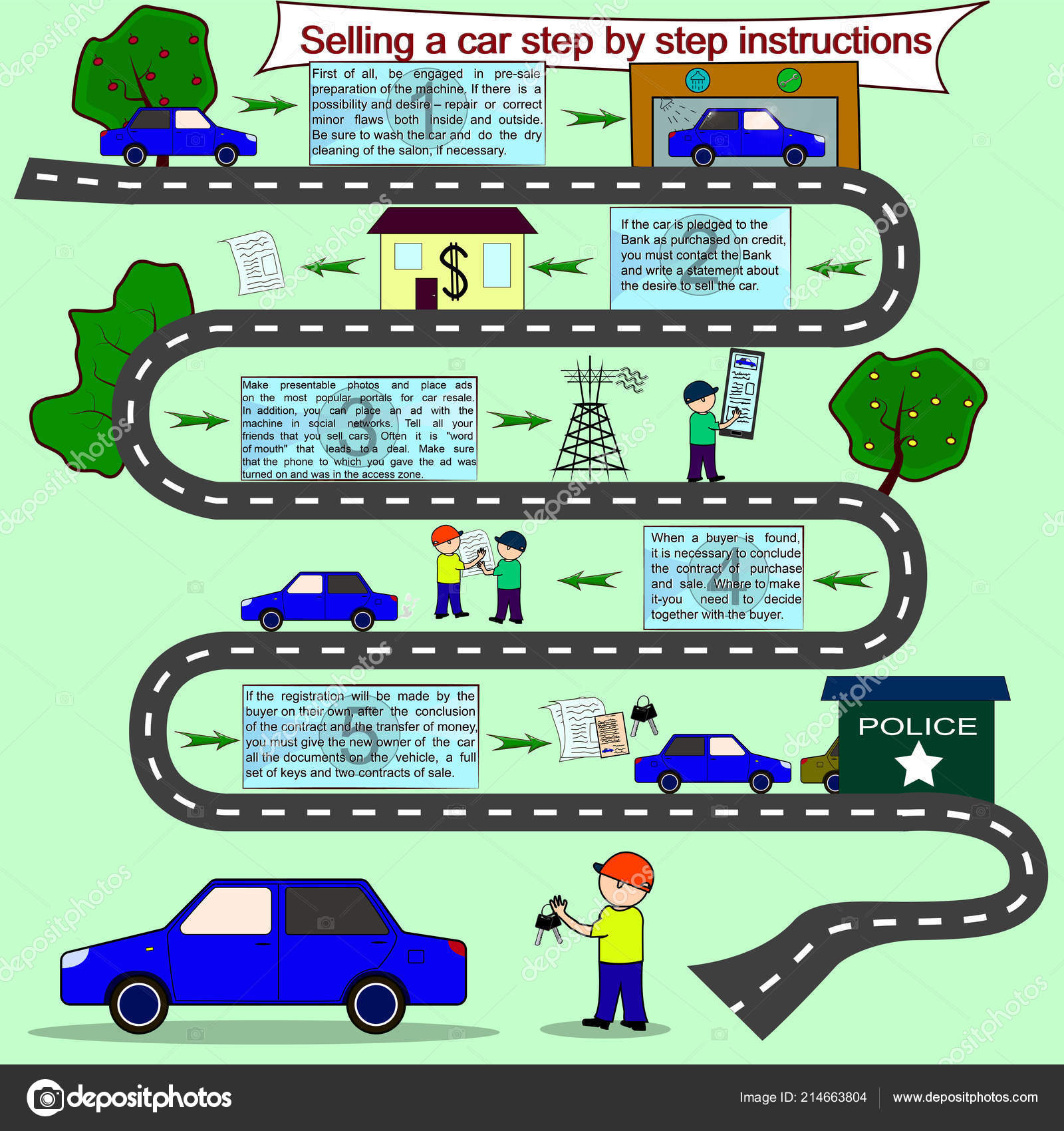Wondering Regarding The Definition Behind Those Control Panel Warning Lights? Gain Understandings Right Into Their Implications For Your Automobile'S Safety And Maintenance
Wondering Regarding The Definition Behind Those Control Panel Warning Lights? Gain Understandings Right Into Their Implications For Your Automobile'S Safety And Maintenance
Blog Article
Material Author-Higgins Dalgaard
When you're behind the wheel, those radiant warning lights on your dashboard can be a little bit perplexing. Do you understand what they're attempting to tell you about your automobile's health? Recognizing the importance of these lights is vital for your safety and security and the long life of your lorry. So, the following time among those lights pops up, would not you want to analyze its message accurately and take the required actions to resolve it?
Common Caution Lighting and Interpretations
Recognize common warning lights in your automobile and recognize their definitions to make sure safe driving.
The most typical caution lights consist of the check engine light, which signals issues with the engine or exhausts system. If this light comes on, it's essential to have your car inspected immediately.
The oil stress cautioning light suggests low oil stress, calling for instant focus to avoid engine damages.
A blinking battery light might recommend a damaged charging system, potentially leaving you stranded if not resolved.
The tire stress surveillance system (TPMS) light alerts you to low tire pressure, impacting car stability and gas performance. Overlooking this could cause hazardous driving conditions.
The abdominal muscle light indicates a trouble with the anti-lock stopping system, jeopardizing your capability to quit quickly in emergencies.
Last but not least, the coolant temperature cautioning light warns of engine overheating, which can cause extreme damage if not resolved quickly.
Understanding these common caution lights will certainly help you resolve issues immediately and preserve risk-free driving problems.
Relevance of Prompt Interest
Comprehending the usual caution lights in your auto is just the very first step; the significance of promptly resolving these cautions can't be highlighted sufficient to ensure your safety on the road.
When automotive and marine brightens on your dashboard, it's your auto's method of interacting a potential concern that requires focus. Disregarding these cautions can bring about extra severe issues down the road, jeopardizing your safety and potentially costing you more in repairs.
Get More to alerting lights can prevent break downs and crashes. For instance, a blinking check engine light might show a misfire that, if left unattended, could create damages to the catalytic converter. Addressing this immediately can save you from a costly repair service.
In a similar way, a brake system warning light could signify low brake liquid or worn brake pads, vital elements for your security when driving.
DIY Troubleshooting Tips
If you notice a warning light on your dashboard, there are a few do it yourself repairing pointers you can attempt prior to seeking professional help.
The initial step is to consult your car's manual to understand what the details warning light suggests. Often the concern can be as straightforward as a loosened gas cap activating the check engine light. Tightening up the gas cap may resolve the trouble.
Another typical issue is a reduced battery, which can trigger different alerting lights. Inspecting check here for rust and ensuring they're protected may take care of the problem.
If a warning light continues, you can attempt resetting it by disconnecting the car's battery for a few minutes and after that reconnecting it. In addition, inspecting your vehicle's fluid levels, such as oil, coolant, and brake fluid, can assist fix warning lights associated with these systems.
Verdict
In conclusion, understanding your auto's warning lights is crucial for keeping your vehicle running smoothly and safely. By promptly addressing these notifies and understanding what they mean, you can prevent expensive repairs and potential malfunctions.
Remember to consult your vehicle's handbook for certain details on each alerting light and take action appropriately to ensure a trouble-free driving experience.
Stay educated, stay secure when driving!
